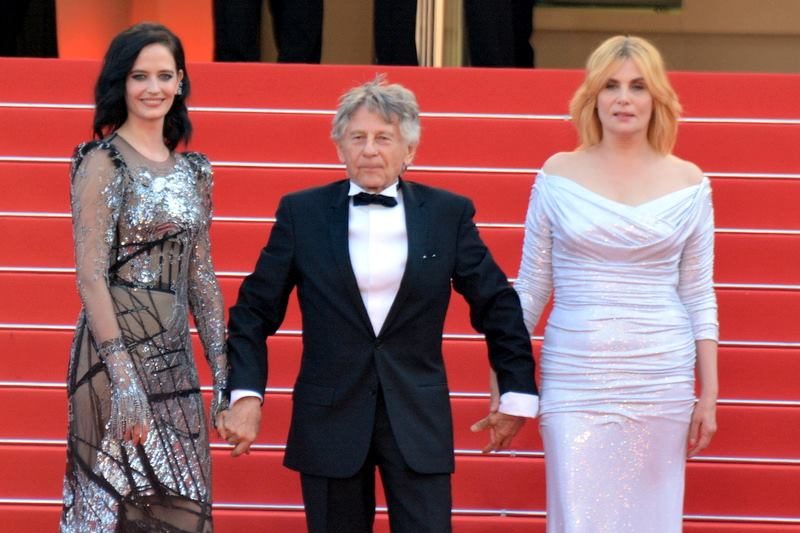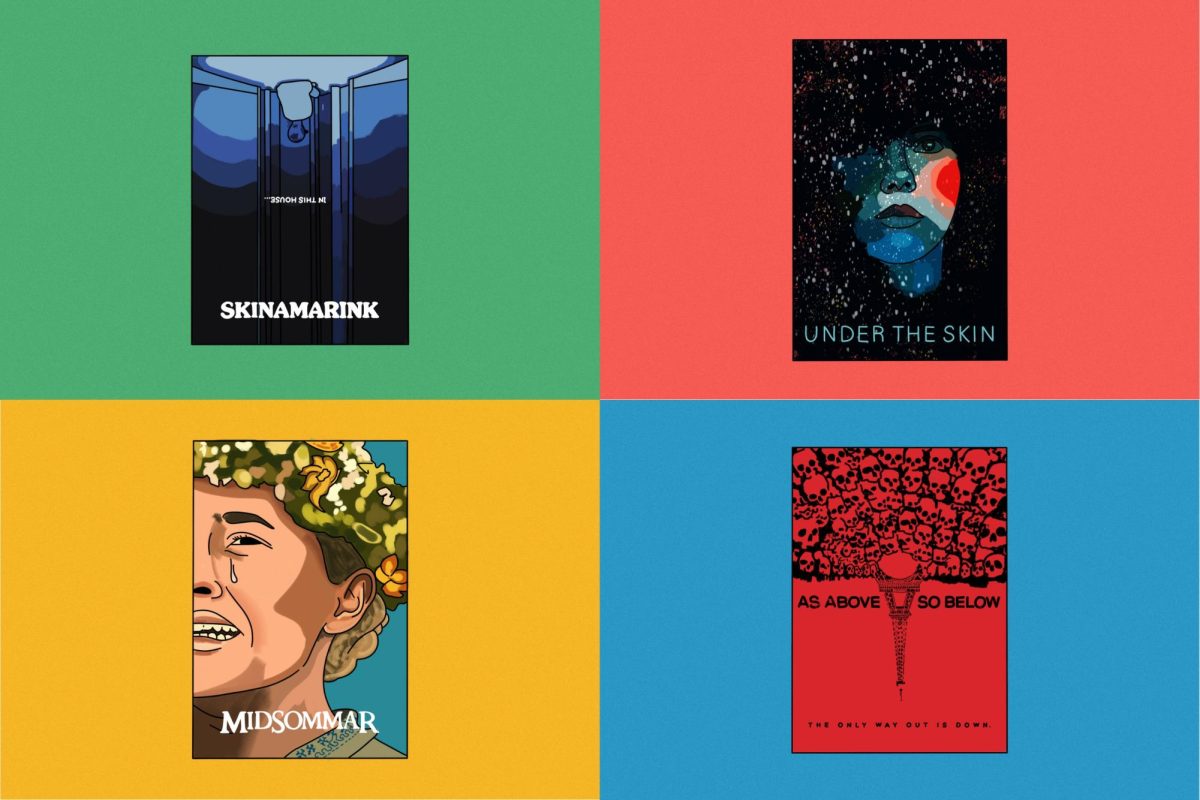Sport Meets Street
April 22, 2015
The constantly thinning line between sportswear and high fashion is certainly nothing new. Last November, Alexander Wang x H&M combined these aesthetics into one collection and brought it to the masses. However what is interesting is how non-athletic people have, by extension, become interested in traditionally athletic garments — even yours truly, who gets anxious just thinking about the gym, has a pair of Adidas pants. Even further, pieces such as sweatpants and sneakers have been removed from their athletic origins to become renamed and dominated by the fashion world.
While it is difficult to attribute any trend to a single source, Wang may come to mind first for many people when talking about taking sportswear out of the gym. The aforementioned H&M collaboration boasted techy materials, branded sweatshirts and even a pair of boxing gloves that will certainly not be in the ring.
The H&M collaboration is just one example of Wang’s long-standing appropriation of athletic references. His T by Alexander Wang line has been paramount in accepting athletic wear as appropriate outside of the gym. While Wang’s work at Balenciaga and the Alexander Wang main line are often more elaborate, T is, as its name suggests, about tees and sweatpants.
As expected, the current T offerings yield a range of sweatpants and sweatshirts, some of which sport a red and blue T logo. The logo is reminiscent of Champion’s or maybe even the NBA’s. Either way, the clothes offer a reinterpretation of classic athletic logos without any intention of use at the gym.
This is not to say that the sartorial cred of athletic-based garments is one-sided. While designer labels such as Alexander Wang might have elevated sweatpants in the minds of many, Champion has bolstered its reputation through high-profile collaborations with the likes of Supreme and Wood Wood. The former combines Champion’s sportswear background with Supreme’s downtown credibility, while the latter looks strikingly similar to Nasir Mazhar.
Sneaker giants Nike and Adidas have recently enjoyed immense popularity among the fashion set, particularly with their respective Air Force 1 and Stan Smith models, and have also elevated their offerings with high-profile designer collaborations.
When Nike teams up with another brand for a sneaker, it is sure to be hot. Their ongoing partnership with A.P.C.—which imbues popular Nike silhouettes such as the Dunk and Free with A.P.C.’s signature minimalism — has consistently sold out, exemplifying not only Nike’s immense popularity but also its ability to synthesize its styles with the aesthetics of pricier brands.
Nike’s partnership with Givenchy Creative Director Riccardo Tisci — a noted fan — yielded three runs of Tisci-designed Air Force 1’s. The shoe’s DNA is also apparent in Givenchy’s Tyson sneaker. Nike’s collaboration shows how sports brands have become elevated beyond their origins due at least in part to the popularization of athletic gear beyond the gym.
While Nike certainly hasn’t been slouching in terms of designer collaborations, Adidas has made a more consistent push. Their Y-3 range with Yohji Yamamoto—established in 2003 — has enjoyed immense success recently, largely from the strength of the forward-thinking Qasa design. Adidas also has ongoing projects with Raf Simons, Rick Owens and, most recently Juun.J. These collaborations have seen the introduction of daring designs and often update existing Adidas shoes, such as Owens’ reinterpretation of the oft-maligned Springblade running shoe. Despite their athletic roots, Adidas’ designer-crafted footwear is a far cry from what you would see on the field.
Boundaries are crumbling in the current fashion landscape. The definition of luxury has never been more tenuous, and the realm of what is considered well-dressed has never been wider — is ‘normcore’ still going strong? In this vein, sportswear has become nearly entirely separated from the gym. You don’t need to train for a marathon or sweat on a treadmill to don a pair of running-ready sneakers. Indeed those sneakers might not be so great for running after all — the Rick Owens Springblade is a case in point. Wearing sweatpants no longer carries the connotation of gym rat or even being badly dressed — if you see someone on the street in sweats and sneakers, she’s probably styling.























































































































































